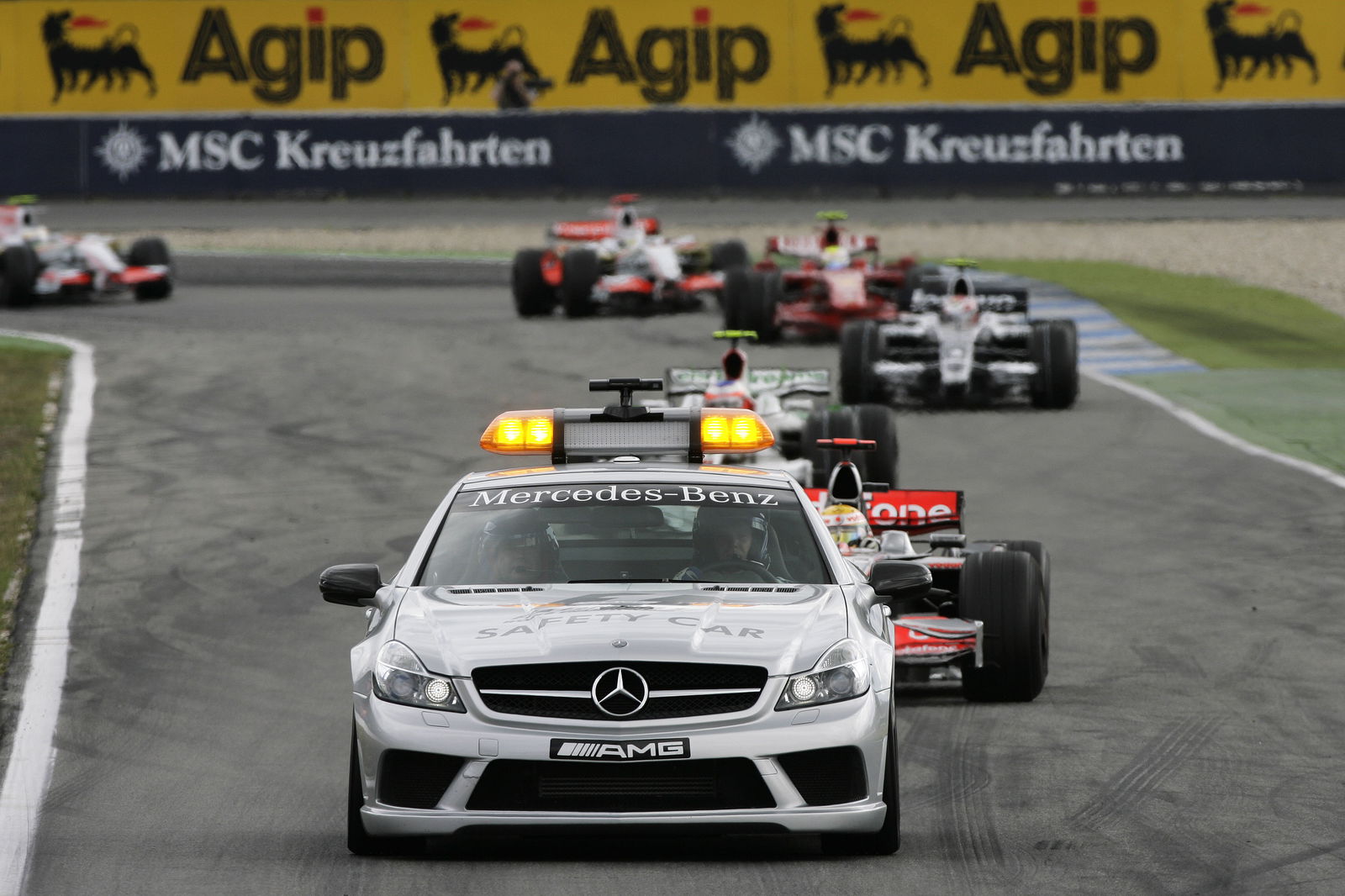Whiting has confidence in KERS
FIA race director Charlie Whiting insists the high-voltage Kinetic Energy Recovery System (KERS) will be safe to use when it is introduced, despite fears to the contrary amongst some Formula 1 teams.
The controversial KERS has been implemented for the 2009 season as a chance for teams to showcase technology for use in road cars in the future, while benefits include the use of extra horsepower for overtaking.

FIA race director Charlie Whiting insists the high-voltage Kinetic Energy Recovery System (KERS) will be safe to use when it is introduced, despite fears to the contrary amongst some Formula 1 teams.
The controversial KERS has been implemented for the 2009 season as a chance for teams to showcase technology for use in road cars in the future, while benefits include the use of extra horsepower for overtaking.
However, several teams have been vocal in their disapproval of the system, fears that heightened when a BMW mechanic was given a substantial electric shock during testing last season.
"It's several hundred volts and [has] the potential to be tens of amps, pretty lethal," warned Renault technical director Bob Bell. "And it's DC, so if you hold it you cannot let go."
Nonetheless, Whiting claims there has been lengthy discussion about how to make the system safe through the KERS Safety Working Group. This will include stringent education for marshals at race meetings who could come into contact with high voltage material.
"Through the Technical Working Group, we set up a KERS Safety Working Group chaired by BMW," he told the official Formula 1 website. "They've met quite a few times and they've come up with a long list of suggestions, parts of which have already become regulations, and some of which will form the basis of a comprehensive document we'll circulate to all circuits and tracks hosting a grand prix.
"The teams are taking this very responsibly for their own safety, of course. They're also looking at how the marshals will respond to broken-down cars. There will be things like the KERS status warning light that will be on all cars. Marshals are going to be educated by the documentation we'll provide.
"The systems themselves should be safe. If there's a risk, it should be clear to a marshal who walks up to the car. He should approach the vehicle, look at the KERS status light and, if it is in the wrong state, he shouldn't touch the car.
"Also, people working on the track are being briefed about how to pick up parts, which will be clearly identified by colour coding. If they potentially contain high voltage, they have to know how to move them. They will also wear gloves, which are good for a thousand volts."
In addition, Whiting believes KERS will serve to increase interest in the racing, particularly the rule that allows drivers to gain a 'power boost'.
"All the teams have significant simulation tools at their disposal. They've used these the best way they can to find and arrive at the best technology. There's no clear leader as we speak but one will emerge, I'm sure.
"I think KERS will add significant interest to Formula One. It's going to be very interesting to see how the drivers deploy it, because the rules state that the release of the power has to be under the complete control of the driver - that's the important part."

